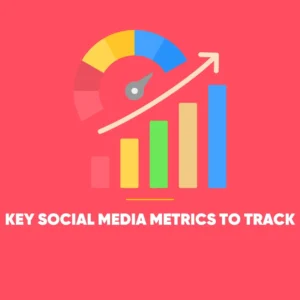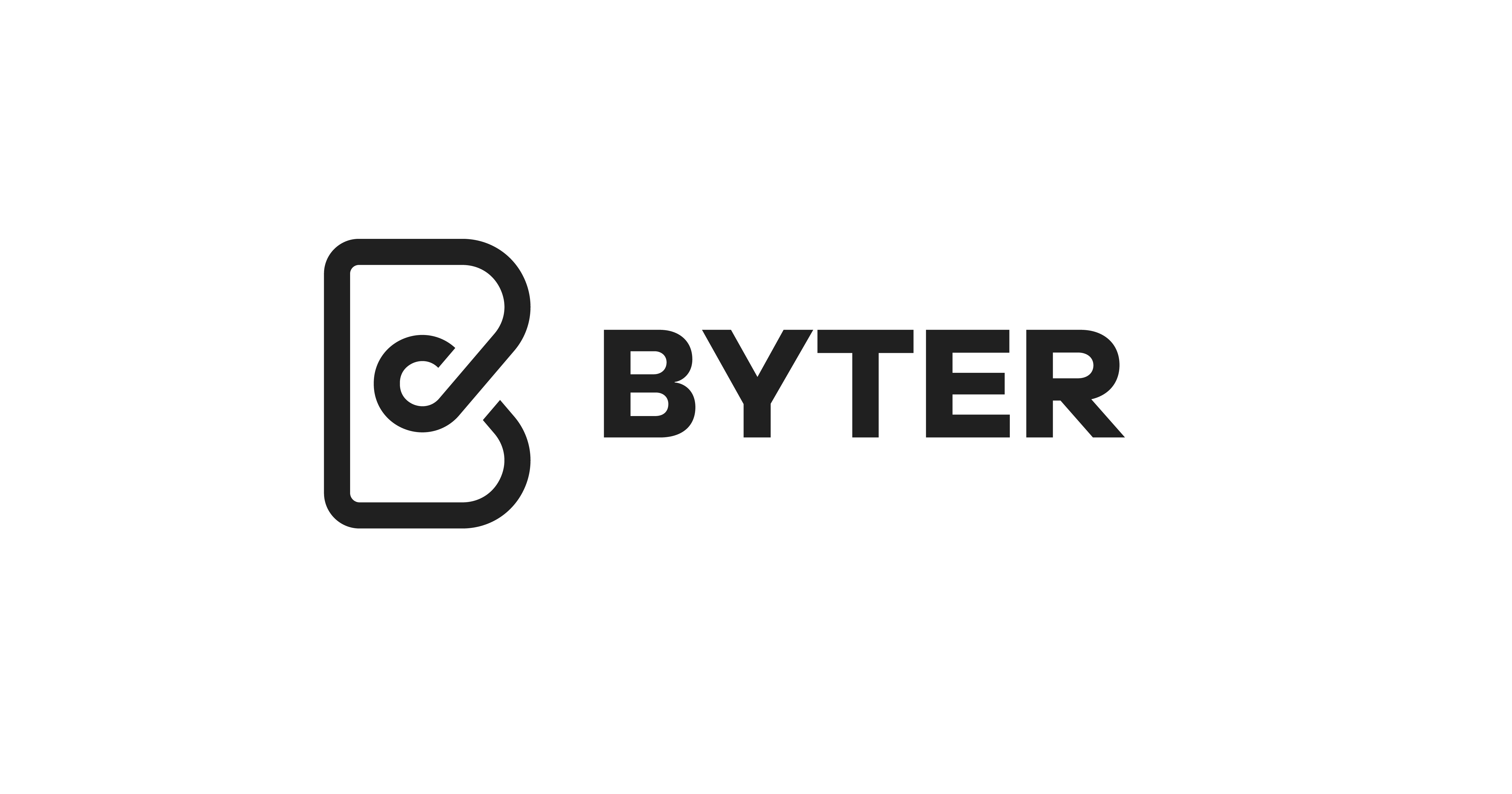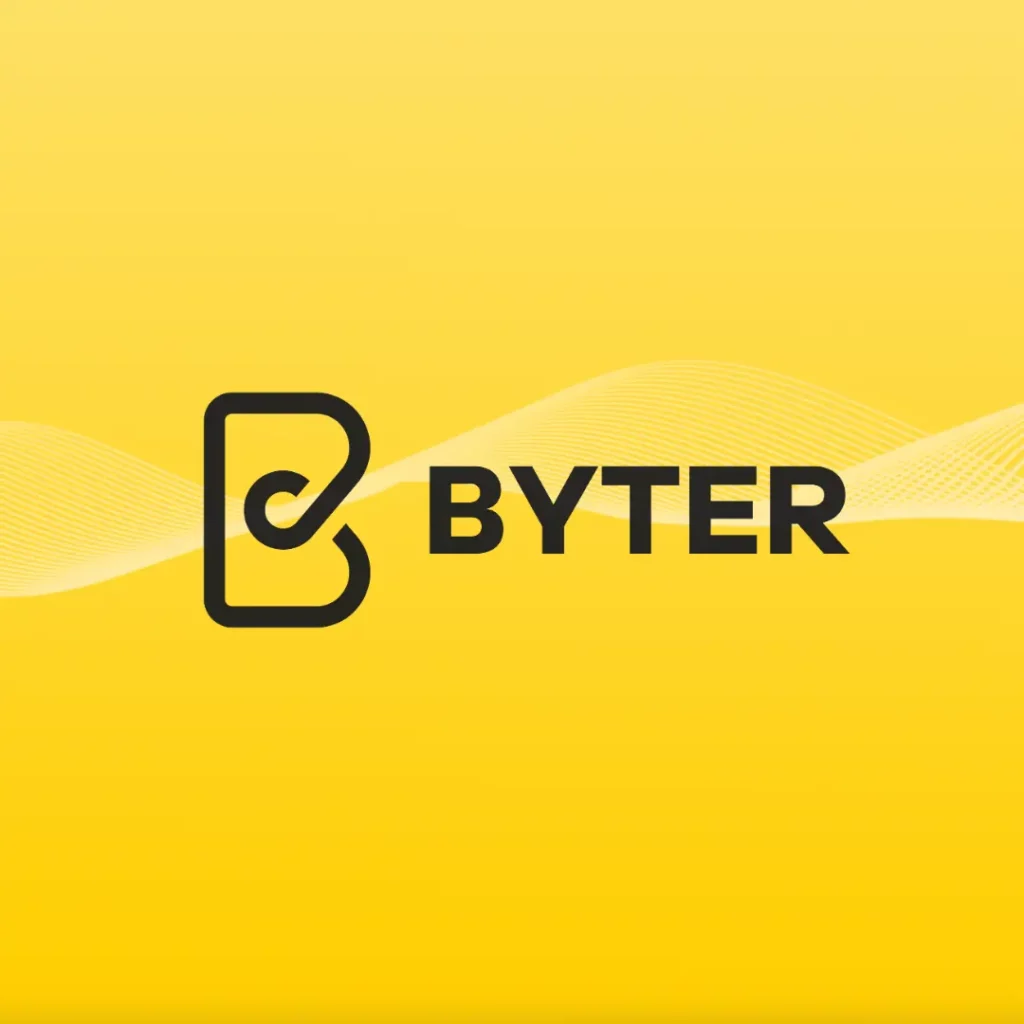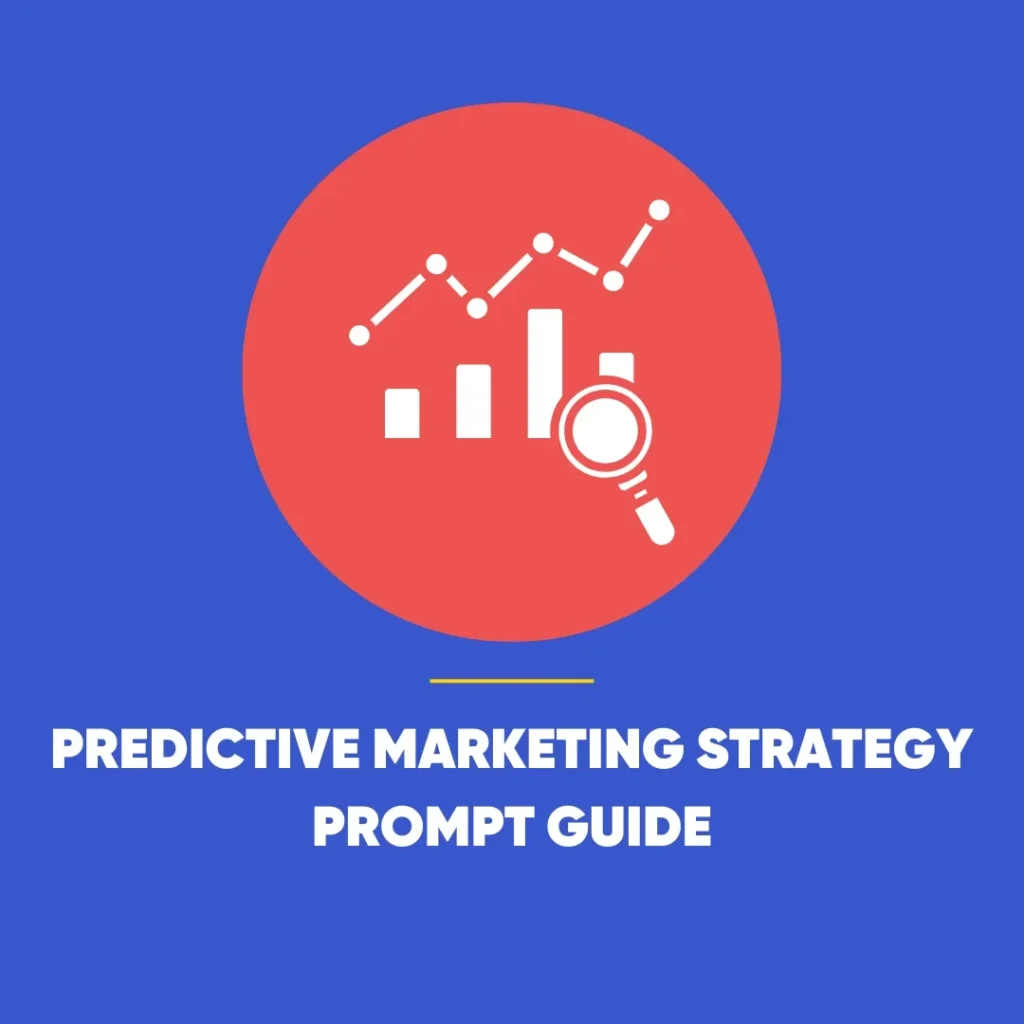Social Media Analytics: A Guide to Measuring Success
In digital marketing, mastering social media analytics is crucial to measure campaign impact and guide smart business decisions. From tracking simple engagement figures to analysing complex return on ad spend, grasping these concepts helps marketers allocate budgets wisely and optimise performance.
Key Social Media Metrics to Track
 Every marketer begins their journey by identifying the metrics that truly matter. While each platform offers a wealth of data, some figures provide clearer insights into whether a campaign is succeeding or falling short.
Every marketer begins their journey by identifying the metrics that truly matter. While each platform offers a wealth of data, some figures provide clearer insights into whether a campaign is succeeding or falling short.
Impressions and Reach
Two fundamental metrics often confused are impressions and reach.
- Impressions count how many times a piece of content is displayed, regardless of whether the same user sees it multiple times.
- Reach refers to the number of unique users who have seen the content at least once.
Tracking both gives a sense of how widely content is circulating and how often it appears to the audience.
Engagement
Engagement is a crucial part of social media analytics, showing likes, comments, shares, clicks, and reactions. High engagement usually signals that content resonates with the audience. It’s worth noting that some platforms prioritise engagement to determine what content is shown more often.
Follower Growth and Demographics
Monitoring how your follower base grows over time helps gauge brand interest. Additionally, knowing the demographics of your audience – age, location, gender – guides content tailoring to better meet their preferences.
Diving Deeper: The Importance of Return on Ad Spend (ROAS)
While impressions and engagement are useful, the ultimate goal for many campaigns is to drive sales. This is where Return on Ad Spend (ROAS) comes into play.
What Is ROAS and How to Calculate It?
ROAS measures the revenue generated from each pound spent on advertising. It’s calculated as:
For example, if a campaign earns £5,000 but costs £1,000 to run, the ROAS is 500%, meaning every £1 spent returned £5 in revenue.
The Caveats of Platform-Reported ROAS
Most social networks offer social media analytics tools, but tracking limitations can affect ROAS accuracy and conversion data reliability. Therefore, platform-generated ROAS figures should be interpreted cautiously.
Blended ROAS: A Holistic Approach
Instead of analysing ROAS from individual platforms alone, consider Blended ROAS, which aggregates revenue and ad spend across all marketing channels – including paid social, organic posts, email marketing, and search engines.
For instance, if a business generates £8,000 from all channels combined after spending £1,000 on advertising, the Blended ROAS is 800%. This broader view helps marketers assess overall efficiency and allocate budgets more strategically.
When to Use ROAS
ROAS helps:
- Identify which campaigns are producing sales.
- Compare channel effectiveness.
- Inform decisions on reallocating budgets.
It’s also important to remember that some campaigns, like brand awareness, may not yield immediate sales but still generate valuable long-term interest.
Tracking Social Media Metrics: Tools and Techniques
 Understanding which metrics matter is only half the battle – accurate tracking is essential for meaningful insights.
Understanding which metrics matter is only half the battle – accurate tracking is essential for meaningful insights.
Native Analytics Platforms
Most social media networks come equipped with their own analytics dashboards:
- LinkedIn provides impressions, clicks, and follower data at both post and account levels.
- Instagram offers detailed breakdowns for business accounts, including engagement from followers versus non-followers and peak audience activity times.
- Twitter (X) grants premium users detailed analytics such as link clicks and engagement; free users receive more basic insights.
- Facebook, TikTok, and YouTube also provide robust native tools to monitor reach, engagement, and video metrics.
These built-in tools are ideal for platform-specific data but have limitations when assessing multi-channel performance.
The Advantage of Third-Party Analytics Tools
If managing several accounts, third-party tools consolidate data across platforms into one dashboard. This saves time and provides a comprehensive overview.
Benefits include:
- Identifying optimal posting times and content types.
- Tracking brand mentions and sentiment.
- Simplifying the creation of customised reports aligned with marketing goals.
Such tools enable marketers to compare channel performance and fine-tune strategies with greater confidence.
Putting It All Together: Using Metrics to Drive Marketing Success
Tracking social media metrics in social media analytics reveals the story behind the numbers, not just the figures.
Return on Ad Spend (ROAS) remains a cornerstone for measuring advertising success, but should be complemented by a wider perspective like Blended ROAS. Engagement, reach, and follower insights inform how well content connects with audiences.
By combining native platform analytics with powerful third-party tools, marketers gain a holistic view that drives smarter decisions. Ultimately, the right metrics empower businesses to optimise campaigns, improve ROI, and cultivate stronger relationships with their customers.









